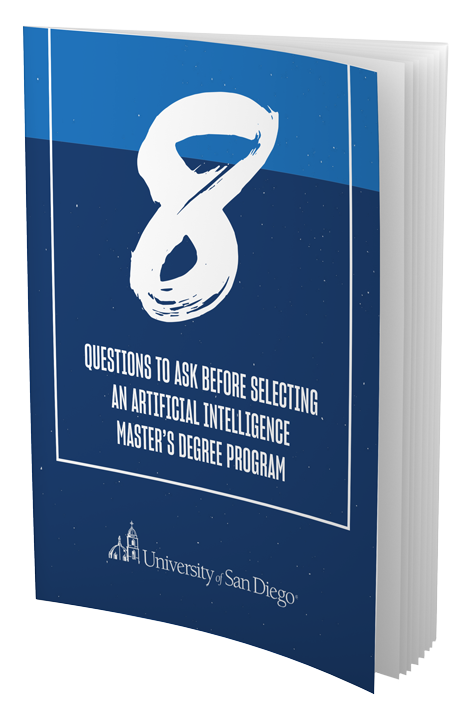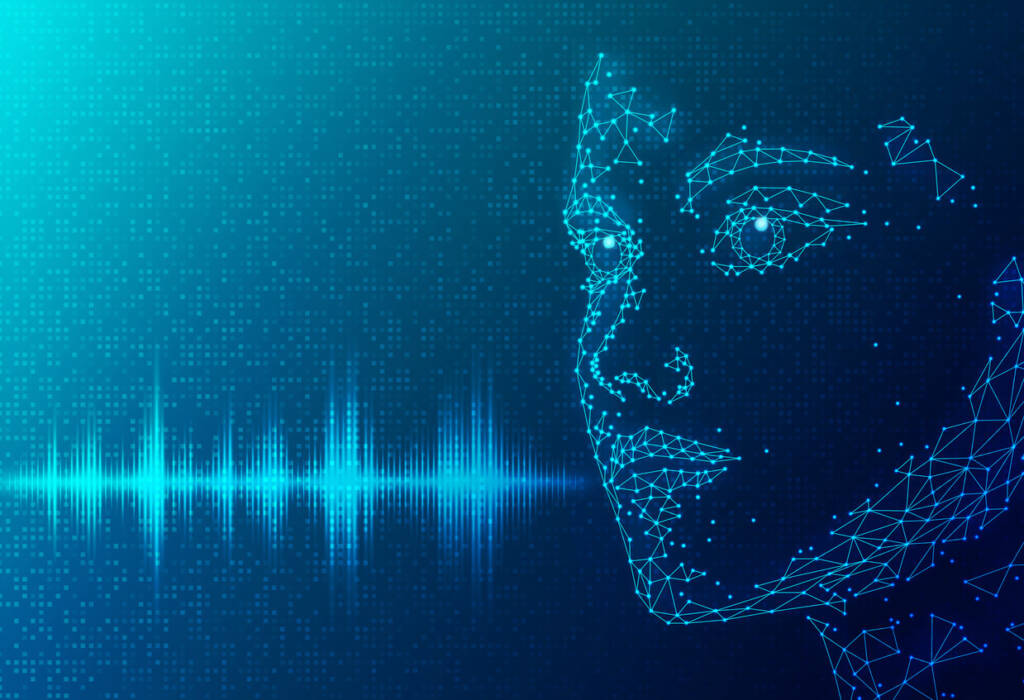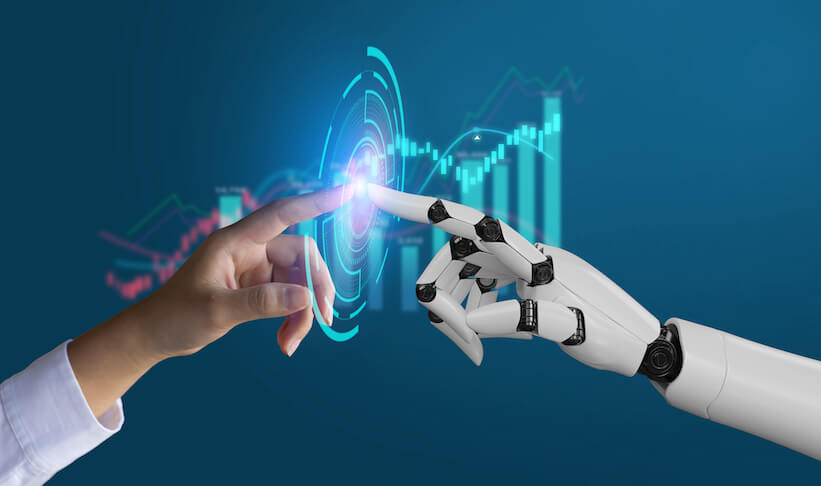DALL-E prompt: A polar bear dressed very nicely in the style of an 18th century royalty portrait
The image you see above may seem like either a well-edited image or an impressive work of art. Instead, it is an AI-generated portrait of a polar bear in the style of 18th-century royalty self-portraits. This image was generated using DALL-E 2 and demonstrates the power of this new AI model and just how far AI has come in recent years. So what is DALL-E 2? What is the importance of this advanced visual language model developed by OpenAI? In this weblog, we will explore these questions as well as selected applications, ethical considerations and its impact on the future of AI innovation.
DALL-E 2 Research and Progress
Selected Applications of DALL-E
Innovation and Looking Forward
What is DALL-E 2?
DALL-E 2 is the successor of the original DALL-E model, a generative AI model that combines the powers of NLP and computer vision to create images from textual descriptions. The name DALL-E is an acronym for “Decoder-Only Autoregressive Language and Image Synthesis.” In simpler terms, DALL-E 2 is an AI model that synthesizes images based on textual input, such as captions or short phrases.
This groundbreaking model leverages a transformer architecture, similar to OpenAI’s GPT-3. It is trained on a vast dataset of image-text pairs, which enables it to generate high-quality images from a wide variety of descriptions. The architecture of DALL-E 2 is seen in the image below.

In short, DALL-E 2 runs text input through a text encoder. That encoded text is then mapped to an image encoding, and an image decoder generates an image based on that information.
Why is DALL-E 2 Important to AI Research and Progress?
DALL-E 2 is a significant advancement in AI research for several reasons. By merging NLP and computer vision, DALL-E 2 can generate high-quality images that closely match the given textual descriptions. This capability can be invaluable in creative industries and content generation.
This capability also opens the door for more frequent integration of AI. This is because traditional AI models require separate models for each language and visual task. DALL-E 2’s ability to handle multiple tasks with a single model can reduce the need for multiple models and result in more efficient AI systems, making it easier to integrate AI into everyday workflows.
DALL-E 2 can also be used to create new AI applications in various fields, including advertising, art, design, entertainment, and more. Its ability to generate unique content can lead to innovative products and services.
Each of these potential impacts of DALL-E 2 demonstrates its importance to the field of AI and its eventual integration into many industries.
Selected Applications of DALL-E
As described previously, DALL-E 2’s versatility has opened up new avenues for the application of AI. Here are a few examples:
1. Art and Design
DALL-E 2 can be used to generate unique illustrations, concept art, and design elements based on textual descriptions, allowing artists and designers to swiftly visualize ideas. This will allow more unique content to be created, allowing artists and designers to work more efficiently and effectively.

2. Advertising
DALL-E 2 can generate contextually relevant images for ad campaigns based on target audiences, product descriptions, or other inputs, providing new ways to engage consumers. This capability will increase the effectiveness and efficiency of advertising departments and help companies create more curated content for their consumers and target audience. An example is shown below of a generated ad image for a casual shoe brand.

3. Education
DALL-E 2 can be used to create custom educational content, such as visual aids and illustrations based on textual input, making learning more engaging and accessible. These materials can aid teachers, instructors, trainers, and professors, helping them teach more effectively so students can understand and recall material better. An example is shown below.

4. Entertainment
DALL-E 2 can generate imaginative content for video games, movies, and other media, providing new ways to tell stories and entertain audiences. This can help entertainment and media companies produce unique and creative content that engages and captivates audiences. An example of concept art for a movie or video game is shown below.

Ethical Concerns
As with any AI technology, there are ethical concerns surrounding DALL-E 2’s use. These concerns include deep fake generation, bias, and automation. DALL-E 2’s ability to create realistic images can be misused to generate deepfakes, which can have far-reaching consequences, including misinformation and privacy breaches. DALL-E 2’s training data may also contain biases present in the original dataset, leading to biased or offensive output. Addressing these biases is essential to ensure ethical AI use. The use of DALL-E 2 in creative industries can also potentially lead to job displacement for artists, designers and other professionals, as the above applications demonstrate.
Innovation and Looking Forward
As with any AI technology, there are ethical concerns surrounding DALL-E 2’s use. These DALL-E 2 represents a significant milestone in AI research, but there is still much room for innovation and growth. As we look forward, we can anticipate several developments in the field:
- Model Improvements: Researchers will continue refining DALL-E 2’s architecture and training techniques to produce even more accurate and high-quality image synthesis. This will likely involve reducing biases in the model and optimizing its performance.
- Multi-Modal AI: DALL-E 2’s success in combining NLP and computer vision will likely pave the way for more multi-modal AI models that can handle complex tasks across multiple domains, further improving AI’s capabilities.
- Real-time Applications: As computational power improves, we can expect real-time applications of DALL-E 2 to become more common, making it possible for users to generate images on the fly during tasks like gaming, video editing or content creation.
- Responsible AI: As we continue to develop powerful AI models like DALL-E 2, it becomes increasingly important to ensure ethical use and transparency. Researchers, developers and policymakers will need to collaborate to create guidelines and regulations that promote responsible AI development and usage.
Conclusion
DALL-E 2 is a remarkable leap forward in AI research, bridging the gap between NLP and computer vision in a single, powerful model. Its potential applications are vast, from creative industries to education and beyond. As we continue to push the boundaries of AI, it is crucial to address the ethical implications and focus on responsible innovation. The advancements brought by DALL-E 2 have the potential to revolutionize various sectors and pave the way for an even brighter AI-driven future.
If you’re interested in breaking into this exciting field, consider the University of San Diego’s Applied Artificial Intelligence Master’s Degree program. This 100% online course of study offers the opportunity to learn key skills from expert faculty while gaining real-world experience through projects. Don’t miss out on your chance to advance your career in one of today’s most lucrative fields.





